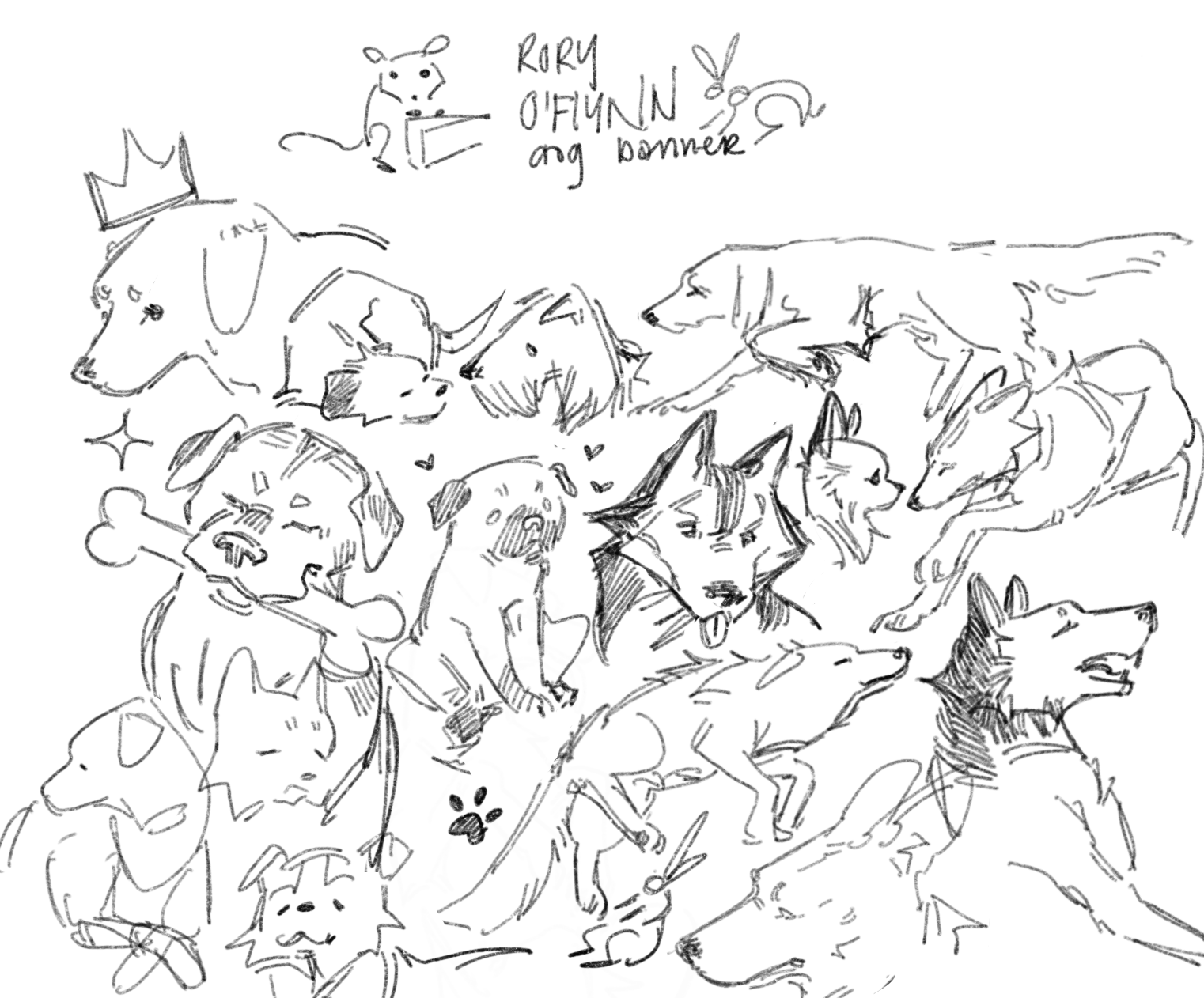
FIGMA TASK MANAGER
USER CENTERED DESIGN
Task management is a critical aspect of daily life, especially for students who need to juggle assignments, deadlines, and extracurricular activities. However, the variety of tools and platforms available—such as Google Calendar, Canvas, and physical planners—often leads to fragmented task management.
Our goal was to design an app to simplify the wide variety of task management tools for CU students. By engaging in user-centered design methodologies, we designed a prototype to help students to manage their tasks, deadlines, and notifications in one place, improving their overall productivity and reducing the hassle of switching between multiple tools.
USER INTERVIEWS:
The first stage of the UCD process involved semi-structured interviews with 19 participants to understand their current task management strategies. We asked participants to show us how they use tools like Google Calendar, Canvas, and physical planners. Each interview was carefully coded to extract key takeaways, which were later grouped into themes. This analysis revealed users' preferences and points of friction.
ITERATIVE PROTOTYPING SPRINTS
In the iterative prototyping stage, we began with low-fidelity paper prototypes that translated user feedback from the interviews into visual designs. These initial sketches helped us explore ideas such as a widget-based dashboard and task management integration. As the designs progressed, we moved to mid-fidelity digital prototypes using Figma, refining user interactions like navigation, notifications, and task completion.
HI-FI PROTOTYPE
In the final stage, we developed a high-fidelity prototype in Figma, focusing on creating a polished visual design and more complex interactions, such as responsive calendars and task management widgets. This version incorporated feedback from previous stages, addressing user concerns like intuitive navigation and interaction clarity.
While the high-fidelity prototype showcased the core functionalities of TaskForge, some features, such as full automation of task tracking, were beyond the scope of the project.
USER TESTING & FEEDBACK LOOPS
After developing each prototype, we returned to user testing, conducting cognitive walkthroughs with personas created from interview data, or revisiting participants from the interview stage, and taking observations. These sessions highlighted areas for improvement, such as simplifying interactions and improving visual consistency. Insights from these tests informed each subsequent iteration, ensuring the prototypes aligned with user needs at every stage.







